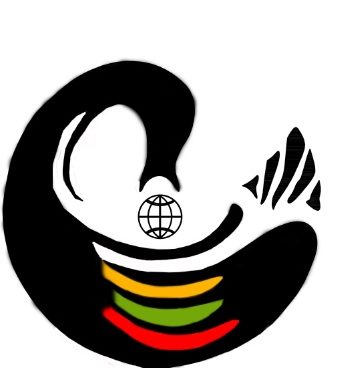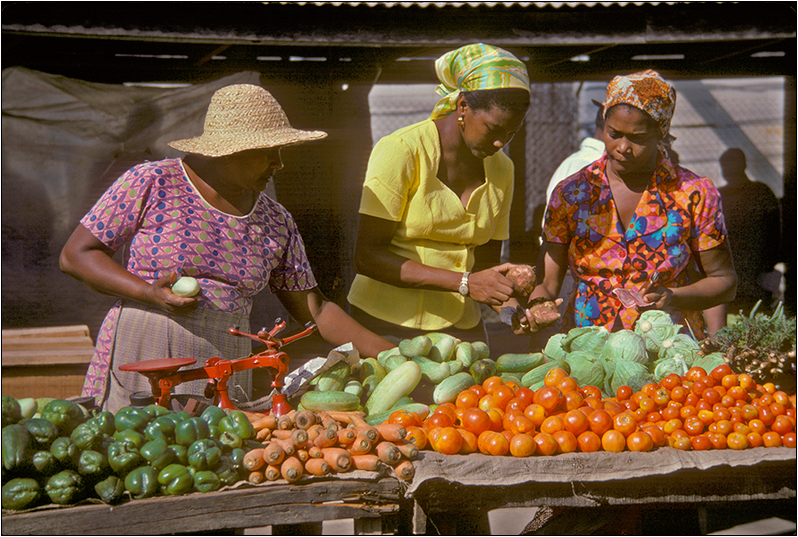Trinidad and Tobago is an island country of the southeastern West Indies. It consists of two main islands—Trinidad and Tobago—and several smaller islands. Forming the two southernmost links in the Caribbean chain, Trinidad and Tobago lie close to the continent of South America, northeast of Venezuela and northwest of Guyana. Trinidad and Tobago achieved independence from the United Kingdom in 1962 and obtained membership in the Commonwealth and the United Nations that same year. It became a republic in 1976. The capital of Trinidad and Tobago is Port of Spain, located on the northwestern coast of Trinidad. The original inhabitants of Trinidad migrated from the Orinoco River delta region of northeastern South America and probably spoke an Arawakan language. It seems likely that by the time the Spanish established a presence there in the 16th century, there was also a population of Cariban speakers, mostly on the north coast. The original inhabitants of Trinidad migrated from the Orinoco River delta region of northeastern South America and probably spoke an Arawakan language. It seems likely that by the time the Spanish established a presence there in the 16th century, there was also a population of Cariban speakers, mostly on the north coast. Under the Spanish, Roman Catholicism was the official religion, and it was strengthened by French immigration during the French and Haitian revolutions. Anglicanism and Protestantism gained a foothold in various forms with the advent of the British. People from the Indian subcontinent brought with them their languages and their Hindu and Muslim religions. The first census of Trinidad and Tobago, in 1851, recorded a relatively small population of roughly 70,000. By 1921 that figure had more than tripled. However, by the late 20th century the population growth rate was moderating, the result of increased use of family-planning methods—with resulting declines in fertility and birth rates—and emigration from the islands. This was offset somewhat by considerable immigration to Trinidad from the Lesser Antilles and Guyana. The petroleum industry dominates the economy, which is thus subject to fluctuations in the global energy market. Tourism and manufacturing are also important. Traditionally important agricultural export commodities included sugar, cocoa, and coffee; however, the sugar sector experienced a steep decline in the early 21st century when estate-based production of sugar was ended with the closure of the state-owned sugar-producing company. Other agricultural products include coconuts, citrus fruits, rice, poultry, and vegetables. The islands of Trinidad and Tobago have produced writers of international stature, including Samuel Selvon, Earl Lovelace, and Nobel Prize for Literature winner V.S. Naipaul, as well as the noted cultural historian and cricket writer C.L.R. James.
Things To Do:
Visit Pidgeon Point Beach
Tour Fort King George
Visit Argyle Waterfall





